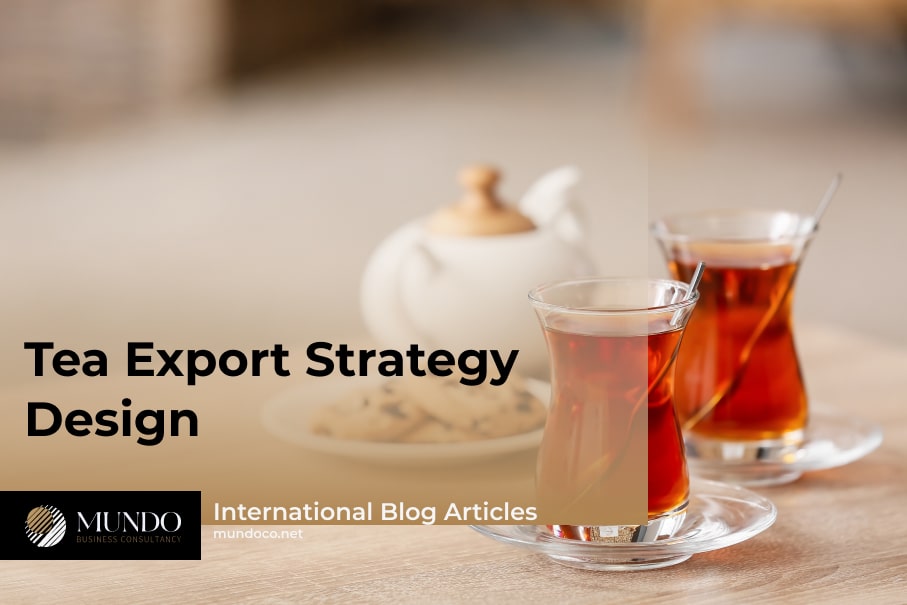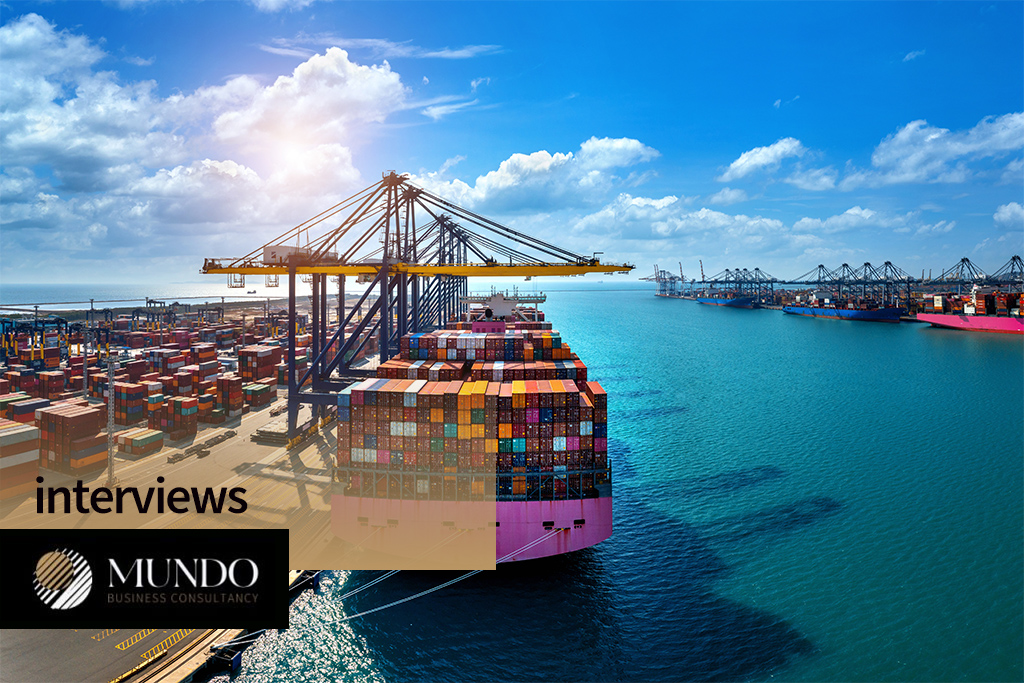According to the head of the country’s tea organization, Iranian tea is exported to 17 countries, some of which are neighboring countries. Currently, there are about 26 thousand hectares of land for tea cultivation in Gilan and Mazandaran provinces. The employment created by the tea industry in Iran is significant. About 55,000 farming families are fully active in this field and earn their livelihood from this industry. According to 150 tea factories located in Iran, about half a million people work directly and indirectly in this industry.
Annually in the world, the financial transaction of the tea industry is about 40 billion dollars and 50 countries in the world cultivate tea. Half of the world’s population in 160 countries include tea as their daily drink. Russia alone carries 10% of the share of tea consumption statistics. The largest tea exporting countries in the world are China, India, and Sri Lanka. On the other hand, the largest importers of tea in the world are Russia, America, Egypt, Pakistan and Iran.
Per capita consumption of tea is around 100 thousand tons in the country. In the world statistics in terms of tea production and cultivation, Iran was ranked 9th and in tea consumption statistics, it was ranked 12th. Until the last few years, tea production in Iran reached over 100,000 tons, which made Iran one of the top ten tea producing countries in the world. All these things show the importance of this type of drink and its production. But in recent years and due to the wrong actions of the people involved in this industry, the volume of Iran’s tea exports has been decreasing, and last year only 14 thousand tons were exported, which shows the depth of the disaster.
Green tea, along with black tea, has reached a very good position in Iran. Last year, the production of green tea has doubled compared to the previous year, with something around 130,000 tons.
Iranian tea importing countries
As mentioned, Iranian tea is exported to many countries that are generally located in Iran’s neighborhood. At the top of this list is Iraq, which imports about 180 tons of tea from Iran every year. Kazakhstan ranks second with the import of 112 tons of tea. Afghanistan, Germany, India, Tajikistan, Russia, Turkey, the Caspian Sea countries, which account for the largest share of Iran’s exports, are in the next ranks of Iranian tea exports. According to the Customs Organization, in the first half of 2019, about 14,300 tons of tea, worth 70 million dollars, were exported from Iran. Also, according to customs, the amount of tea imported to Iran this year was around 60,000 to 70,000 tons.
It can be said that the export of the first 11 months of 2019 was more than 13 thousand tons with a value of more than 12.7 million dollars. Also, the unit value of one kilogram of exported dry tea was about 0.97 dollars on average.
The rial value of exports in the first 11 months of 2019 was about 2,817 billion rials (about 7.281 billion tomans) and the average value of one kilogram of exported tea was about 21,579 tomans.
The highest frequency of exports with 122 times was made from Anzali and Hasanroud free zone customs, followed by Mashhad customs (27 times) and Astara customs (15 times) in the second and third places.
Exports to 28 countries in the first 11 months of 2019, including: India, Holland, Afghanistan, Uzbekistan, Kazakhstan, Georgia, Kyrgyzstan, Russia, Iraq, Turkey, Turkmenistan, Tajikistan, Azerbaijan, Ukraine, Australia, England, Canada, Germany, Qatar, Bahrain, Pakistan, Taiwan, China, Lebanon, United Arab Emirates, Poland, Malaysia and France.
The largest export of tea in the first 11 months of 2019 was respectively to Indian countries (about 2096 tons); Uzbekistan (about 1723 tons); Afghanistan (about 1609 tons); and Iraq (about 1301 tons).
About 25.13 percent of tea exports; That is, 1,730,218 kilograms (about 1,730 tons) with a value equivalent to 1,653,769 dollars went to 3 countries, Russia, Kazakhstan and Kyrgyzstan, which are member countries of the Eurasian Union and benefit from preferential tariff benefits in the form of the Free Agreement between Iran and the Eurasian Economic Union, which is very insignificant. And more than these amounts, the market opportunities of the Eurasian Economic Union countries, which have a population of over 180 million people, should be taken advantage of and the tea they need should be provided.
Import analysis:
It can be said that the import of the first 11 months of 2019 was more than 57360 tons with a value of more than 1.287 million dollars. Also, the unit value of one kilogram of imported dry tea was about 5 dollars on average.
The rial value of imported tea in the first 11 months of 2019 was about 1206 billion tomans (or 12,059,697,669,876 rials) and the average value of one kilogram of imported tea was about 21,024 tomans. It is necessary to explain that this rial value in the customs system is calculated based on the currency of 4200 Tomans, while the currency of 4200 Tomans was removed for the import of tea in 2019 and tea is imported based on the preferential and free exchange rate (about 240000 Rials). Based on this, the value of imported tea in Rials is 68912559600000 Rials.
Based on the analysis, the import trend of dry tea is decreasing and the amount of import in February compared to January of this year has decreased by 36.21%. It is also predicted that with the import of about 5 thousand tons of tea in the month of March, the total amount of import in 2019 will reach about 62 thousand tons.
The highest frequency of imports was made from Shahid Rajaei Special Economic Zone, Bushehr 1 Special Economic Zone, Payam Special Economic Zone and Chabahar Free Trade Zone respectively.
Import of 11 months of 2019 from 10 countries including: India, Sri Lanka, United Arab Emirates, Kenya, Vietnam
M, Holland, Germany, Türkiye, China and Japan.
About 48.9 percent of the imported tea (ie about 28,063 tons worth about 5.125 million dollars) was imported from India, followed by the United Arab Emirates as a country without tea plantations with about 14,388 tons (1.25 percent) and Sri Lanka, with about 10,225 tons (17.8 percent), is the second and third largest exporter of tea to Iran.
Step by step steps of tea export
In foreign markets, especially in the West, black tea in the form of a bag (T bag) is much more popular than cream tea. The export of any product in the marketing sector, first of all, requires the promotion of knowledge and awareness.
Export
Exporting a product means taking the product that was produced and paid for in the country out of the country with the intention of selling it in other countries. There are two types of export, which are divided into permanent export and temporary export.
Temporary export
Temporary export is done when the exporter takes the goods out of the country knowing that he will return them to the country in the future. This type of export mostly includes the presence of a product in an international exhibition, or to repair the device, or… it is sent abroad.
Determining the export map
The business plan is considered one of the main pillars of the business plan in the business of any product. So, first of all, plan this plan for yourself. Key points to be answered in this plan include the following:
International branding
The rate of decrease or increase in seasonal demand in the world market
Reducing fixed costs
Using new technologies to improve quality and optimize resources
establish a company
To carry out activities in the field of economy, a public or private joint-stock company must be registered first. In this company, the necessary measures must be taken to attract capital, manpower, tax measures, etc. For example, here for tea export, the first and main step is to establish the company and the above steps. After performing the mentioned actions, the company can establish the production and purchase of a product. Financial affairs are very important for a company that is active in the field of import and export. Trade and exchanges in global markets require a bank to do these things, and an international account must also be opened for international transactions.
Marketing and marketing
In this section, the company must identify its target audience in international markets. This identification includes the country, city and people living in that area where the company can sell its product. Also, another important point in the destination country is the laws in that country regarding imported products, which you should be aware of. To export tea, countries with high demand should be identified. For example, a country like Russia ranks first in the world in terms of tea consumption and import, and naturally, it has a good potential for exporting tea from Iran.
In the matter of tea export, it is very important to be active in the online space and to know the competing companies, the products offered, etc. Marketing in a simple definition means knowing the market and effective ways to penetrate it. Attending international exhibitions, use and cost to increase interaction with other countries and companies in social media such as Instagram and LinkedIn, etc. are essential for a successful marketing.
Necessary information about the market of the destination country
One of the basic things in exporting is gathering the necessary information from different markets. This information includes import regulations, exchange rates, etc. In the next step, the range of products or services provided by your company to customers should be determined.
running website
Having a proper and attractive website is very important for a business in today’s world. Your website is the place where other buyers from all over the world visit to learn about your product. With these interpretations, it is necessary that your site looks stylish, friendly and reliable for customers. Regarding tea, it is necessary to personalize the company’s website according to the demand of the target market. For example, as mentioned earlier, in the western markets, the demand for bagged tea is much higher than that of tea. So, it is better when a foreign buyer visits the site, in addition to the good and reliable appearance, he should also watch the products he is interested in buying on the site.
Product pricing
The price of exported goods is different from the goods that are sold inside the country. For export goods, things like export costs, the market situation of the destination country, according to the laws imposed on it, etc. can be different. Export costs are divided into two fixed and variable groups:
Fixed costs include traveling to holy markets, liability insurance, credit checks, etc. Variable costs include sending the product to the destination, sea, air or land shipping costs, storage costs, import taxes to the destination country, etc. So, according to the mentioned costs, it can be understood that the pricing of the export goods can be somewhat complicated and it is necessary to check all the costs made accurately.
Product packaging and preparation
At this stage, according to the laws and standards of the destination country, the exporting person or company must do the necessary packing and preparations for loading and shipping.
Determining the customs price
At the beginning of the matter, the exporting person or company must pay all the price of the goods exported in the country, including insurance and packaging, transportation, warehousing, trademark, etc. It will be the responsibility of the exporter.
Obtaining a license to export RCMC goods
Necessary permits from organizations and bodies involved in this export, such as the Ministry of Industry
The fee must be paid by the exporter so that he does not face any problem or error when exporting the product. In the following steps, the exporter must sign a contract with a company for cargo transportation and insure his products according to the laws.
In the following, both the buyer and the exporter must sign a contract with one of the inspection institutes in order to receive the necessary certificates. In the final stages, the exporter must receive a certificate of origin and issue a sales invoice. After obtaining this certificate, in the last step, the transport company receives the goods exit permit and after loading, it can take it out of the country.
Problems faced by tea exporters
One of the problems faced by producers in the competition with foreign tea is the lack of necessary laws to handle tea farms and gardens, which causes the quality of this tea to decrease over time. One of the time-consuming challenges in the tea industry is obtaining licenses from institutions such as Standard. Also, the non-cooperation of banks in the tea export process not only affects the exporter and his work, but also has a negative effect on the producers and farmers of the tea fields.





